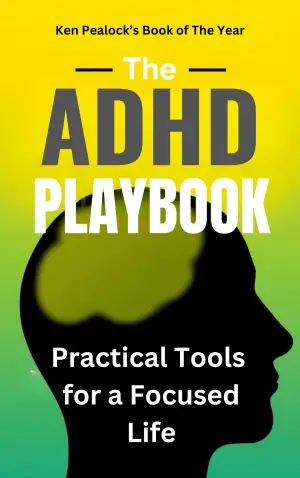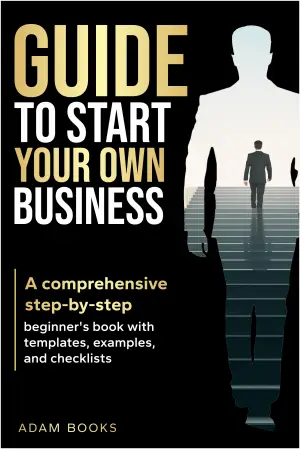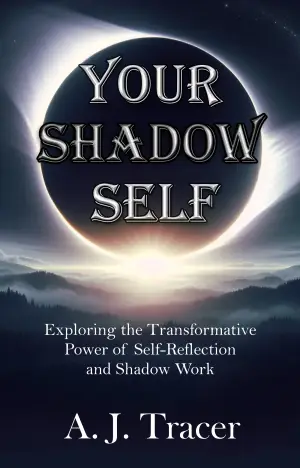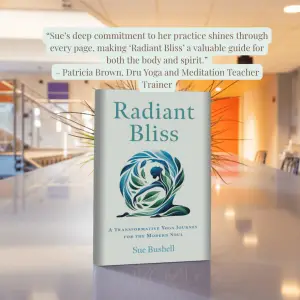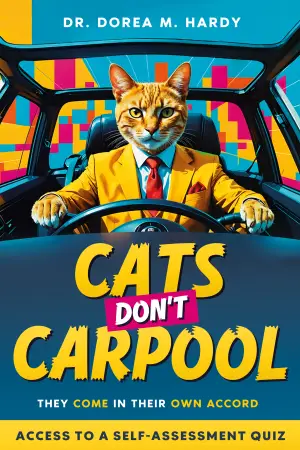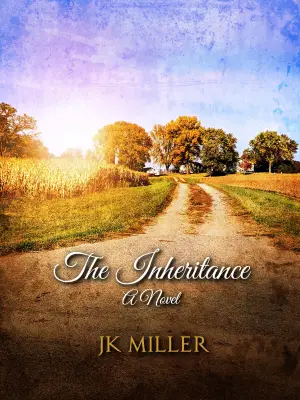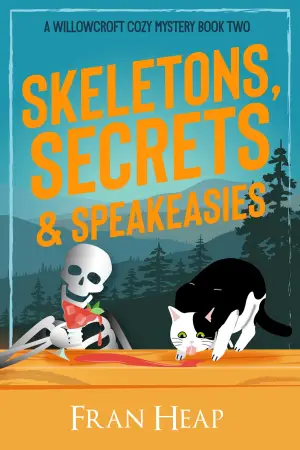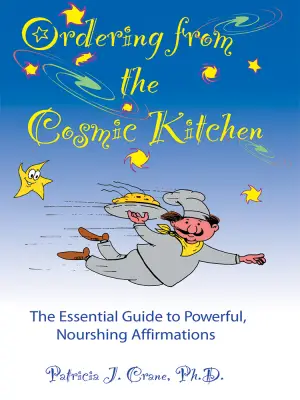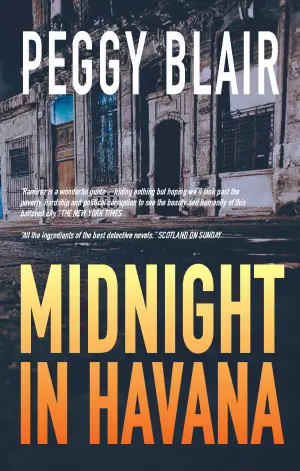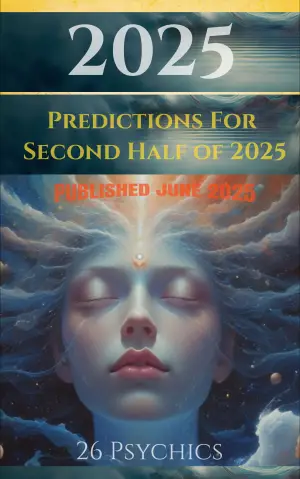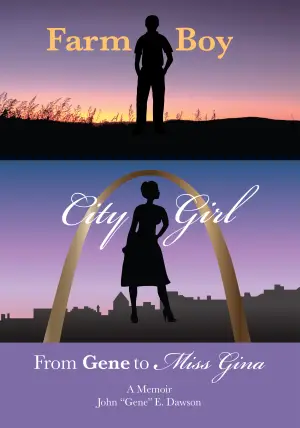Review of Don’t Tell Me How to Die by A.L. Smith
When I first stumbled upon Don’t Tell Me How to Die by A.L. Smith, I found myself both intrigued and a tad skeptical. Domestic suspense has its charms, and the premise had an undeniable pull—what would you do if you knew your time was running out? Following the general hype from friends who adored the book, I decided to hop on that literary hype-wagon, only to discover a complex mix of heartwarming elements and some eye-rolling moments.
At the heart of the narrative is Maggie Dunn, a 43-year-old mayor mourning the impending end of her life due to a hereditary illness. The emotional weight of her situation is palpable, making her mission to find a suitable replacement for her husband and children a vaguely relatable yet intriguingly offbeat goal. I can appreciate the tender threads connecting Maggie with her family—especially her tea-drinking father and fiercely loyal sister, Lizzie. Their banter and bond painted a heartwarming picture amidst the looming shadows of Maggie’s impending fate.
Yet, as I delved deeper, I found myself grappling with certain narrative choices. While the book is marketed as a thriller, the first half felt far more like domestic drama. I often found myself wondering if I was reading a “thriller” at all, given the slower pacing and focus on character arcs rather than suspenseful twists. The prologue—gripping and slightly chilling—set high expectations, yet the storytelling soon revealed itself as episodic and, at times, meandering.
I really enjoyed the flashbacks to Maggie’s youth and the family dynamics that shaped her, but I wished the narrative could have tied those threads more seamlessly into the main story. The characters, especially Johnny Rollo and Maggie’s twins, resonated particularly well, their personalities standing out against the canvas of the plot—a definite highlight.
However, my experience was marred somewhat by the use of an unreliable narrator. I struggled with Maggie’s decision to withhold crucial information, leading to moments of irritation rather than suspense. And while I found some of her traits admirable, there were aspects of her characterization that felt more like a "man’s dream" version of women—with a touch of awkwardness, especially in how teenage girls were portrayed. This left me emotionally distant despite an earnest desire to cheer her on.
With that said, the book does provide its share of surprises in the final act, challenging readers to not overthink the journey. It’s a tale best enjoyed with skepticism set aside—a light dive into family drama with a few meaningful twists thrown in for good measure.
In conclusion, I’d recommend Don’t Tell Me How to Die to readers who appreciate character-driven narratives and can embrace the slower unfolding of events. If you’re expecting a nail-biting thriller, perhaps prepare to recalibrate your expectations. While I won’t declare it a must-read, it certainly offered moments of reflection amid the chaos. My experience might have been a mixed bag, but I walked away thinking about the bonds that tie us together and the memories we leave behind—a thought-provoking journey in its own right.
In the end, I landed at around 2.6 stars—there’s a spark here, but it flickers through its ups and downs. Happy reading!
Discover more about Don’t Tell Me How to Die on GoodReads >>

